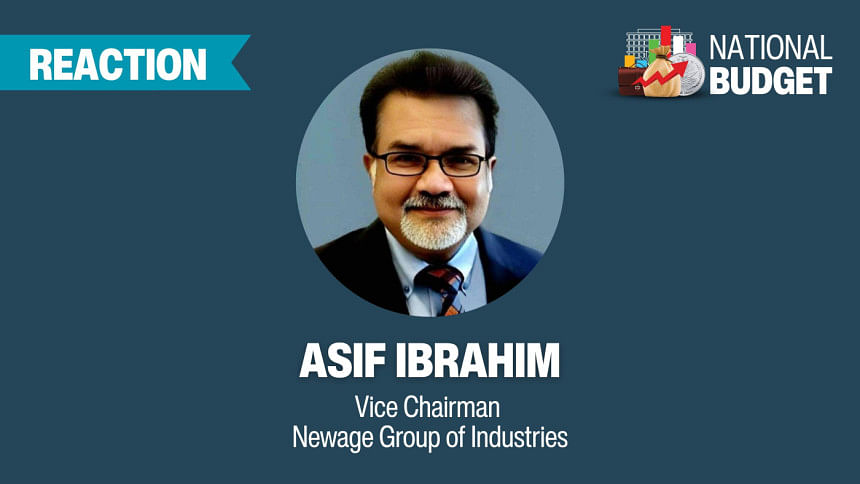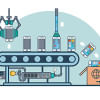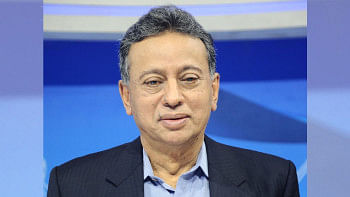Sustaining private investment the key challenge for budget FY26: Asif Ibrahim

The proposed FY 2025–26 budget, amounting to Tk 7.9 trillion, takes a contractionary approach with goals of curbing inflation (targeted at 8 percent) and achieving realistic GDP growth. It introduces a floating exchange rate supported by a healthy foreign reserve of USD 27.4 billion and outlines projections up to 2030, signaling optimism. However, serious concerns remain about its impact on private investment.
As Bangladesh approaches LDC graduation, it faces mounting economic pressures: falling agricultural growth (from 3.30 percent to 1.79 percent), a declining investment-to-GDP ratio (29.38 percent), and external trade uncertainties like reciprocal U.S. tariffs and regional non-tariff barriers. Although the budget promotes initiatives like the Bangladesh Single Window and BIDA's OSS, they have yet to build meaningful investor confidence.
Unreliable utility supply continues to limit industrial capacity. The budget promises no price hike but gives no assurance of consistent gas or electricity supply. Combined with high interest rates, weak loan accessibility, and a worsening law and order situation, these factors hinder investor sentiment. Entrepreneurs had expected clearer commitments on these issues.
The rise in advance tax for commercial importers (from 5 percent to 7.5 percent) will likely hurt SMEs, which rely on these importers for raw materials. While the proposed Central Bonded Warehouse for SMEs is welcome, swift implementation is key. Mandatory IFRS audits for SMEs should be reconsidered.
In e-commerce, a VAT increase on commission (from 5 percent to 15 percent) could severely affect small and women-led enterprises. The recent lowering of VAT exemption and turnover tax thresholds also burdens startups. The Tk 100 crore Startup Fund should be increased to Tk 300 crore to provide meaningful support.
Several tax changes seem counterproductive: VAT has been raised on plastics and raw materials for the RMG and textile sectors. The complex cap on royalty and technical know-how payments (6 percent of turnover or 15 percent of net profit) may deter foreign investors. While TDS on IP services was lowered to 10 percent, broader reforms are needed to align with LDC graduation goals.
Duties have been reduced on many products, but the lack of transparency and consultation around these changes raises concern. Despite reducing SD on 662 import items, key local industries still face high duties—for example, bottled water retains a 5 percent SD. A large share of goods remains under the highest duty band (25 percent), which requires re-evaluation.
Positive steps include the increase in de minimis value (from Tk 2,000 to Tk 4,000), withdrawal of tariff values on 84 items, and making TDS on export subsidies adjustable. Still, affected industries will need support during the transition.
The personal income tax-free threshold has been raised, but the removal of the 5 percent tax slab will increase burdens for many fixed-income earners.
In summary, while the budget is well-structured and forward-looking, its mixed signals on taxes, utilities, and investor support undermine its effectiveness in promoting sustainable private investment. A stronger, more coordinated policy response is needed to build confidence and drive long-term growth.

 For all latest news, follow The Daily Star's Google News channel.
For all latest news, follow The Daily Star's Google News channel. 








Comments